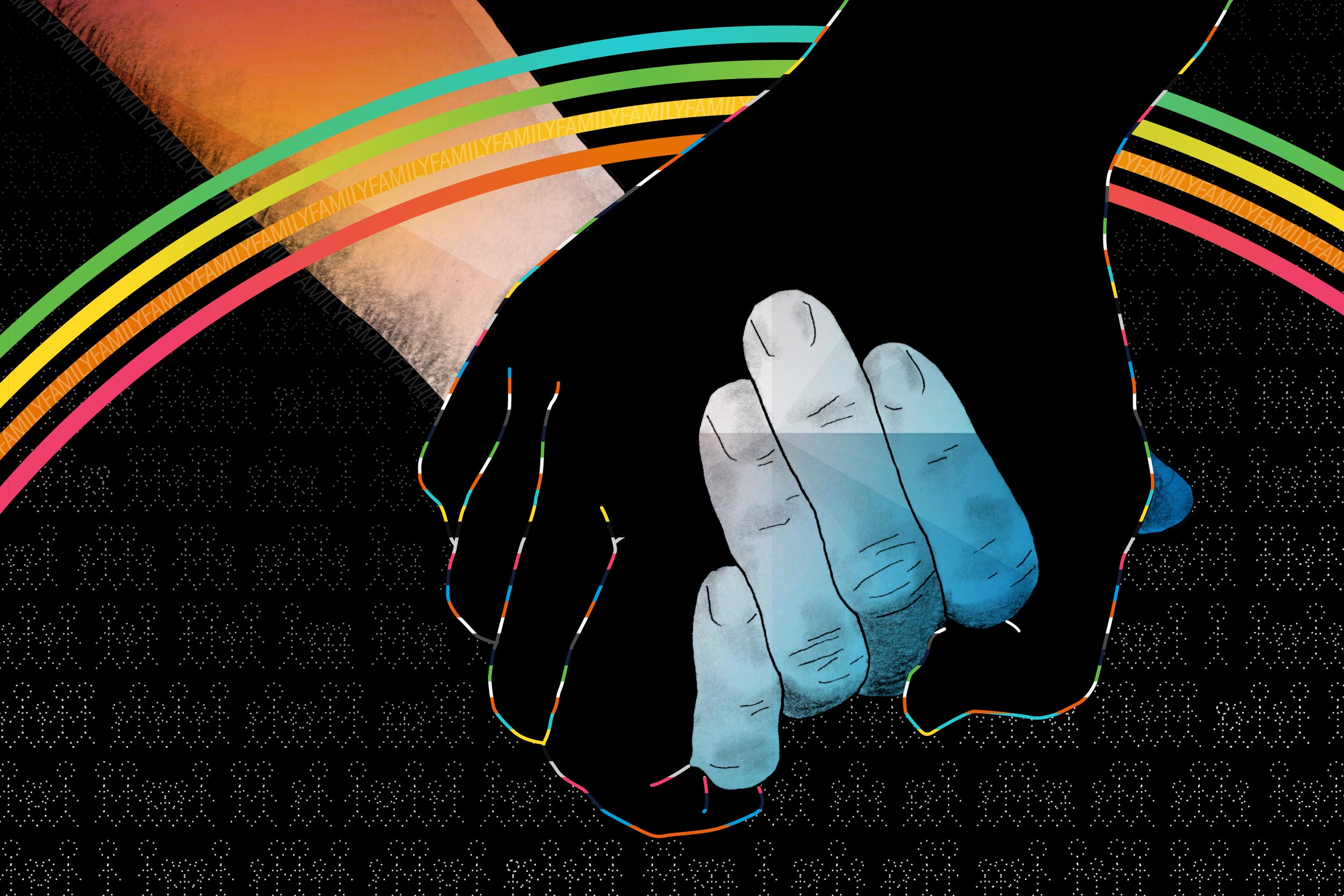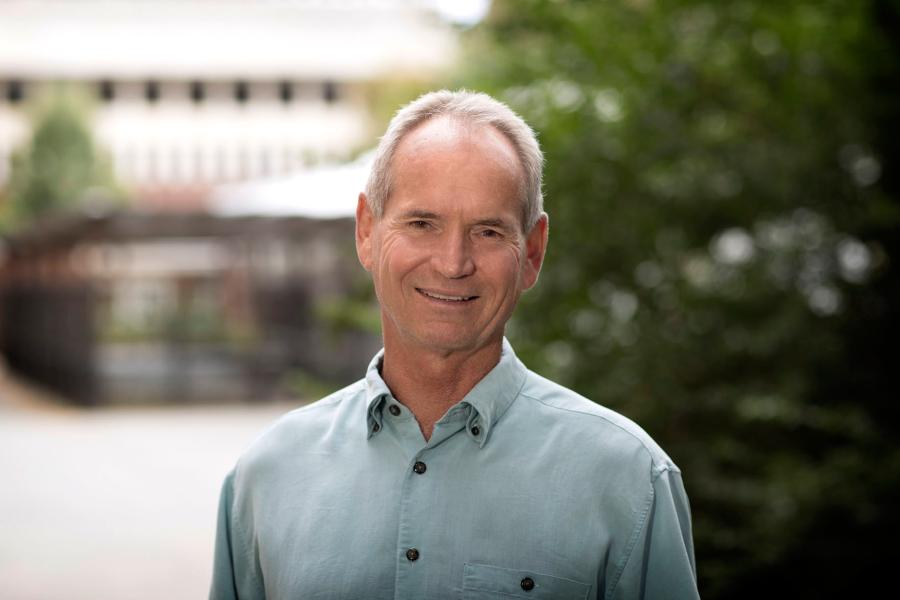Thanks to the 2015 Supreme Court ruling, same-sex marriage now is legal and recognized throughout the United States. Still, gay couples couldn’t adopt in many states until a 2017 Supreme Court ruling eliminated that restriction. Today, same-sex couples still can’t adopt internationally from many countries.
Here’s another question. How small can a family be? My former Department of Psychology colleague, Bella DePaulo, argues that remaining single often is a healthy and logical choice. She wants more recognition of single-person families.
Then there are true single-parent families, where an unpartnered woman becomes pregnant via sperm donor or a person adopts as a single parent. Yet, new reproductive technologies, and open adoptions, create even more family variety. Sperm donors or surrogate mothers might be friends or relatives, and they sometimes maintain relationships with their offspring. And most birth parents no longer remain anonymous following adoption. So, a family might be comprised of one person, or maybe of one child and three (or more) parents!
Families also may be extended in more traditional ways. I grew up in an Italian-American family. My mother’s maiden name was Girardi. We always said we spelled “Family” with a capital “F,” a formalization that included four nuclear families. My father and two uncles all worked in the same beer and liquor wholesaling business. My grandfather, a bootlegger turned legit, founded the company following Prohibition.
My grandfather died before I was born, but his wife, my Nana, became the family matriarch. We gathered at her house every Sunday after church, and lived together during the summers at her “camp,” a small cottage on a local pond. Many other relatives lived in the same, small Massachusetts town. They were “lower-case” family.
My one surviving sister and I recently lamented about how tiny our family has become. And she has four children and seven grandchildren, to my five and three!
I love learning about ethnic traditions in family life, and rarely rein in my curiosity when asking people about their family and ethnic background. Of course, there is a huge variation within as well as between cultures. (Bella DePaulo, the afore-mentioned single-person family advocate, is Italian-American too.) Still, I think it’s important, without stereotyping, to recognize common ethnic and cultural influences in family life.
My psychology department colleague, Melvin Wilson, for example, has long noted the importance of grandparents in African American families. Compared to whites, black grandparents are about three times more likely to reside with grandchildren under the age of 18. American Indian, Hispanic and Asian grandparents also have high rates of co-residency with grandchildren.
Here is a fact I learned from an undergraduate in a seminar I occasionally teach called “Sex, Love, Children, Family.” This student, whose parent immigrated from Colombia when she was a child, proudly taught me that Latin-American families are more likely than others to embrace the American dream. A 2018 Pew survey found, for example, that 77% of Hispanics agreed that you can get ahead with hard work. Only 62% of the rest of the population endorsed the same view. Incidentally, this young woman is living the American dream herself. She is “hot property” in the grad school market as I write this. She has been accepted into several very competitive, high-prestige clinical psychology programs.
So, bottom line, how do I define family? When I get down to it, I prefer Barney’s definition over the Census Bureau’s. (Yes, Barney, the purple dinosaur. He annoyed me too, but c’mon. He had a message.) “A family is people and a family is love, that’s a family. They come in all different sizes and different kinds. But mine’s just right for me.”
And while that definition of family does make me feel warm and fuzzy, I am sure some readers will object to “just right for me.” After all, there are dysfunctional families. And many people are estranged from their family. Still, even if your idea of family is only aspirational, it’s a healthy aspiration. So, I’ll stick with warm and fuzzy.
Editor’s note: We hope you enjoyed this. Please share “On Words” with your friends and family and get ready for forthcoming expert musings on the words “enslaved,” “rock ’n’ roll,” and “disruption.” To suggest a word or faculty member, just write to me, Jane Kelly.





